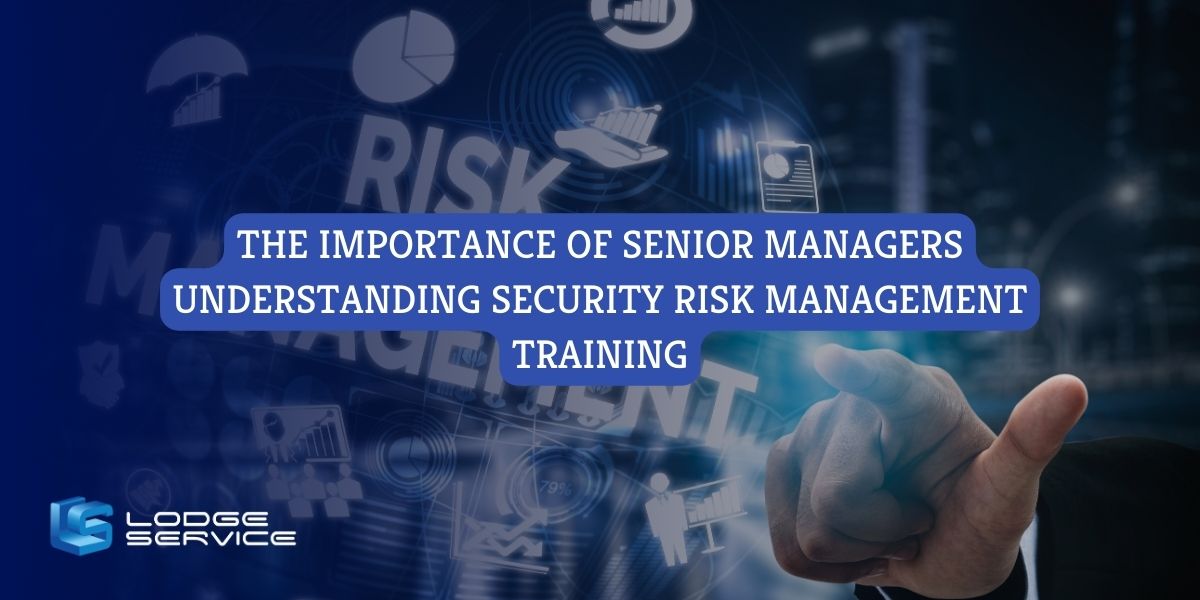Discovering the Value of Risk Management for Effective Decision-Making Strategies
In the detailed world of organization, Risk Management becomes a vital consider the decision-making procedure. The capacity to recognize prospective dangers and opportunities, and strategize as necessary, can spell the difference in between success and failing. With tools such as SWOT and PESTEL, companies are geared up to make educated choices, promoting strength and versatility in an ever-changing setting. Wondering just how this works? Allow's unload the characteristics additionally.
Recognizing the Principle of Risk Management
Risk Management, a critical element in decision-making, is commonly misconstrued or oversimplified. Risk Management involves regimented and structured techniques, utilizing data and informative assessments. From economic uncertainties, lawful liabilities, calculated Management errors, to crashes and natural calamities, it addresses various dangers - importance of risk management.
The Role of Risk Management in Decision-Making Processes
In the realm of calculated preparation and business operations, Risk Management plays an indispensable role in decision-making procedures. Risk Management thus becomes an essential device in decision-making, assisting leaders to make informed choices based on a comprehensive understanding of the dangers involved. Risk Management offers as an essential element in the decision-making processes of any kind of company.

How Risk Management Enhances Strategic Preparation
In the context of critical planning, Risk Management plays a crucial function. Starting with the recognition of possible dangers, it even more expands to the execution of Risk mitigation steps. The function of Risk Management is vibrant but not fixed, as it requires consistent tracking and adjusting of strategies.
Identifying Potential Dangers

Implementing Risk Mitigation
Risk reduction methods can range from Risk avoidance, Risk transfer, to take the chance of reduction. Each approach must be customized to the details Risk, considering its potential effect and the organization's Risk resistance. Effective Risk mitigation calls for a deep understanding of the Risk landscape and the potential influence of each Risk.
Tracking and Changing Techniques
Though Risk reduction is a vital action in critical planning, continuous surveillance and adjustment of these methods is equally important. This ongoing procedure permits companies to identify brand-new threats and reassess existing ones, ensuring the applied strategies remain effective in the ever-changing organization setting. It also offers a possibility to assess the success of the Risk Management measures, allowing adjustments to be made where needed, more enhancing calculated planning. Effective monitoring and adjustment need making use of analytics and crucial efficiency indications (KPIs) to gauge performance. These tools give beneficial data-driven insights that can educate calculated decision-making. As a result, tracking and changing Risk Management strategies is a crucial part for boosting an organization's strength and calculated planning.
Situation Studies: Successful Risk Management and Decision-Making
In the world of company Get the facts and financing, successful Risk Management and decision-making commonly offer as the columns of flourishing ventures. These cases highlight the value of astute Risk Management in decision-making processes. These instances emphasize the important duty of Risk Management in calculated decision-making.
Tools and Strategies for Efficient Risk Management
Navigating the intricate labyrinth of Risk Management calls for the ideal collection of methods and tools. These devices, such as Risk signs up and warm maps, special info help in determining and evaluating possible threats. Techniques consist of both measurable approaches, like sensitivity analysis, and qualitative approaches, such as SWOT evaluation. These help in prioritizing dangers based upon their possible influence and likelihood. Risk feedback strategies, a vital element of Risk Management, entail accepting, preventing, transferring, or mitigating risks. Monitoring and controlling dangers, via routine audits and reviews, ensure that the techniques remain efficient. With these tools and methods, decision-makers can navigate the complex landscape of Risk Management, therefore assisting in informed and reliable decision-making.
Future Patterns in Risk Management and Decision-Making Approaches
As we discover the large landscape of Risk Management, it ends up being evident that the devices and techniques used today will remain to advance. Future patterns point towards a boosted dependence on modern technology, with expert system and machine understanding playing considerable functions. These technologies will certainly enable organizations to forecast prospective threats with greater precision and make more educated decisions. In addition, there will certainly be an expanding focus on durability, not simply in handling dangers but likewise in recuperating from negative scenarios. Finally, the concept of Risk society, where every member of an organization knows and associated with Risk Management, will get extra importance. These patterns proclaim a more proactive and comprehensive approach towards Risk Management and decision-making.
Conclusion

Risk Management therefore becomes a crucial tool in decision-making, assisting leaders to make educated options based on a thorough the original source understanding of the threats entailed. Risk reduction strategies can range from Risk avoidance, Risk transfer, to risk decrease (importance of risk management). Efficient Risk reduction needs a deep understanding of the Risk landscape and the possible impact of each Risk. Risk response methods, a vital part of Risk Management, entail approving, avoiding, moving, or mitigating risks. The principle of Risk culture, where every member of an organization is aware and entailed in Risk Management, will certainly obtain more importance
Comments on “Navigating the Difficulties: Understanding the Importance of Risk Management”